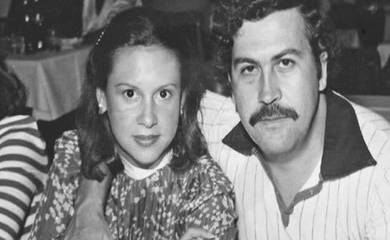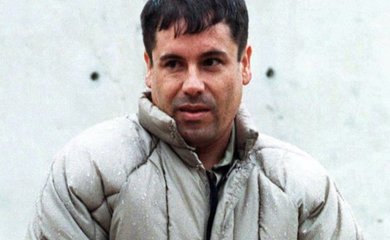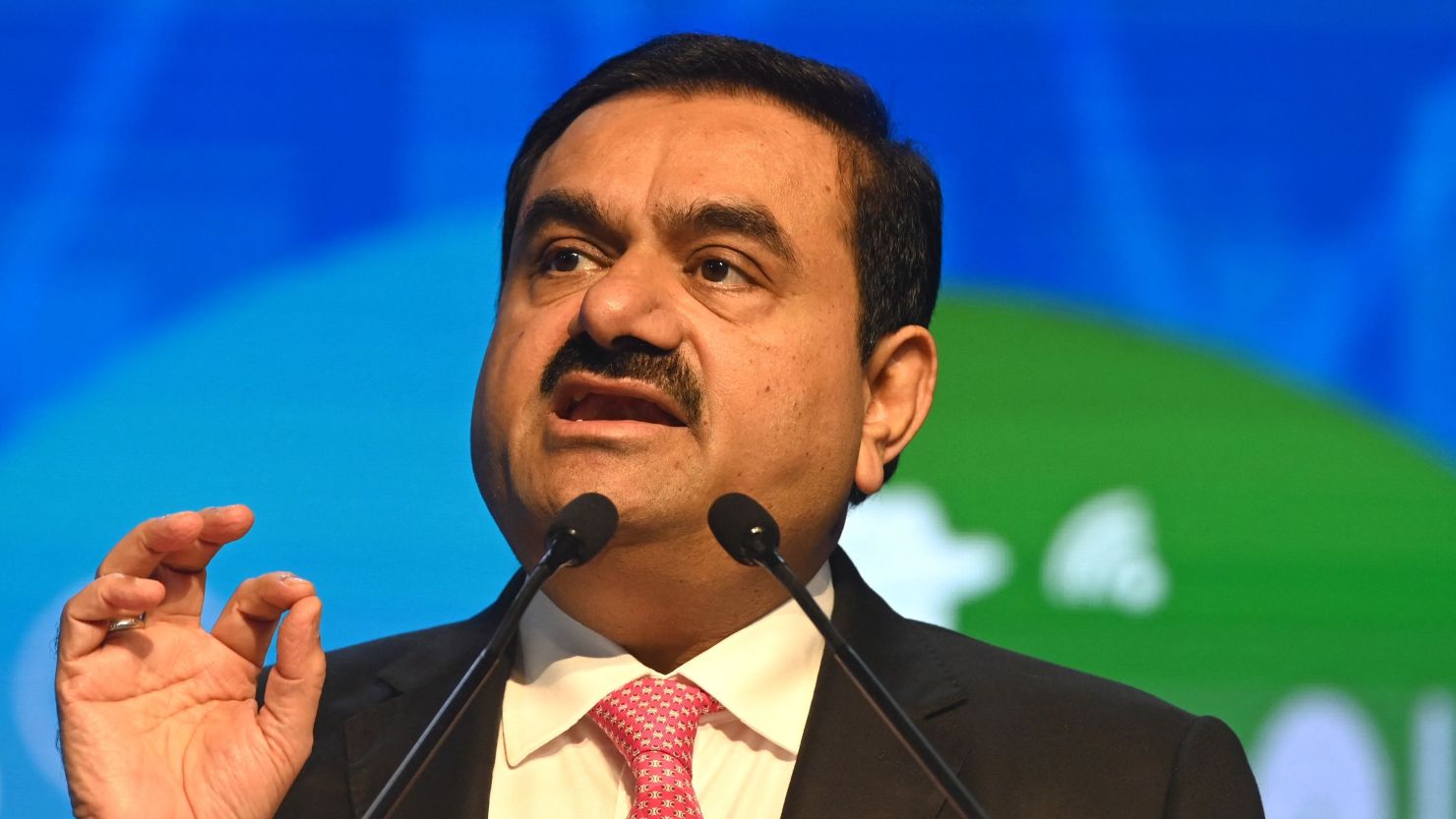Pablo Emilio Escobar Gaviria, a name that still resonates with both fascination and dread, was a man whose life story reads like a gripping crime novel. Born on December 1, 1949, in Rionegro, Colombia, Escobar would go on to become one of the most infamous and powerful drug lords in history. This blog post delves into the life of Pablo Escobar, exploring his early years, the rise of the Medellín Cartel, and the dramatic events leading to his ultimate demise.
Early Life and Rise to Power:
Pablo Escobar’s early life was marked by poverty, yet even in his youth, he exhibited a shrewd entrepreneurial spirit. His criminal journey began with activities like selling counterfeit items and engaging in petty crime. However, it was his entry into the cocaine trade in the 1970s that propelled him into the criminal stratosphere. Alongside other key players, Escobar founded the Medellín Cartel, quickly establishing dominance in the lucrative and burgeoning global cocaine market.
The Medellín Cartel:
Under Escobar’s leadership, the Medellín Cartel became synonymous with violence, power, and unimaginable wealth. Responsible for a significant portion of the world’s cocaine supply, the cartel’s operations extended across borders, making it a formidable force. Escobar’s ruthless tactics, including bombings, assassinations, and bribes, earned him a reputation as a cunning and dangerous adversary.
Complex Persona:
Despite his criminal activities, Escobar maintained a complex public image. Viewed by some as a Robin Hood figure, he portrayed himself as a benefactor of the poor, investing in infrastructure, housing, and community projects in Colombia. This duality added layers to the man, leaving a lasting impact on the nation’s psyche.
Manhunt and Surrender:
As pressure from law enforcement intensified, Escobar found himself at the center of a massive manhunt. The Colombian government, with assistance from the United States, sought to dismantle the Medellín Cartel. In 1991, Escobar surrendered under the condition that he would be confined to a luxurious self-designed prison named La Catedral.
Escape and Demise:
Escobar’s time in La Catedral was short-lived, and in 1992, faced with the prospect of extradition to the United States, he escaped. The ensuing manhunt culminated in a dramatic rooftop shootout on December 2, 1993, ending the life of one of the most notorious criminals in history.
Legacy:
Pablo Escobar’s legacy is a tale of contradictions — a man who rose from poverty to unimaginable wealth, leaving a trail of violence and destruction in his wake. His life story continues to captivate and divide public opinion. As we reflect on the legacy of Pablo Escobar, we are reminded of the enduring consequences of the drug trade, the complexities of power, and the ongoing battle against organized crime.
Conclusion:
Pablo Escobar’s life is a riveting story that transcends the boundaries of crime and infamy. From his humble beginnings in Colombia to the zenith of his power as the head of the Medellín Cartel, Escobar’s tale is one of ambition, ruthlessness, and the eventual unraveling of a criminal empire. As we examine the chapters of his life, it serves as both a cautionary tale and a testament to the indelible impact one man can have on the world, for better or for worse.




